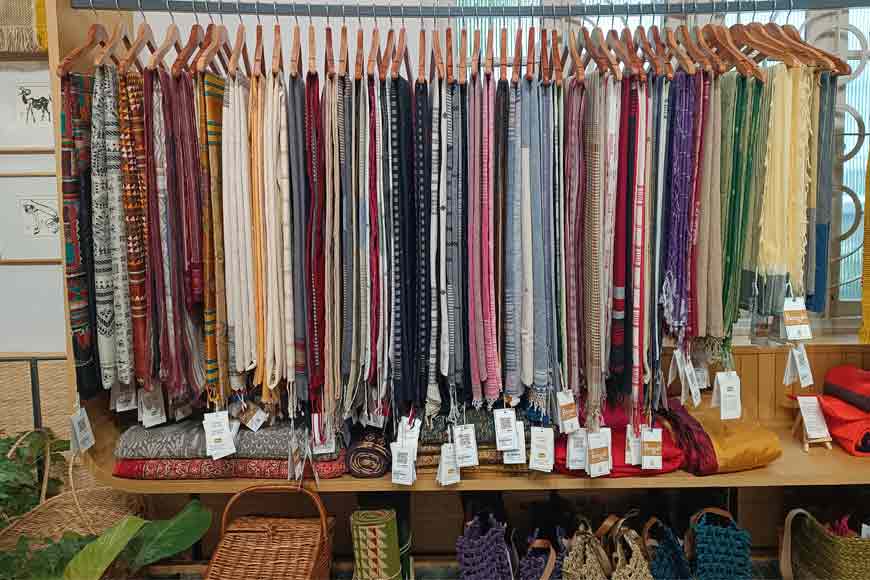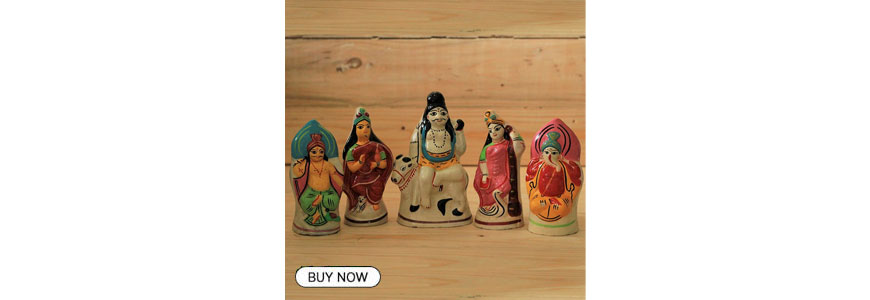The rich heritage and revival of Bengal's handloom weaving - GetBengal story
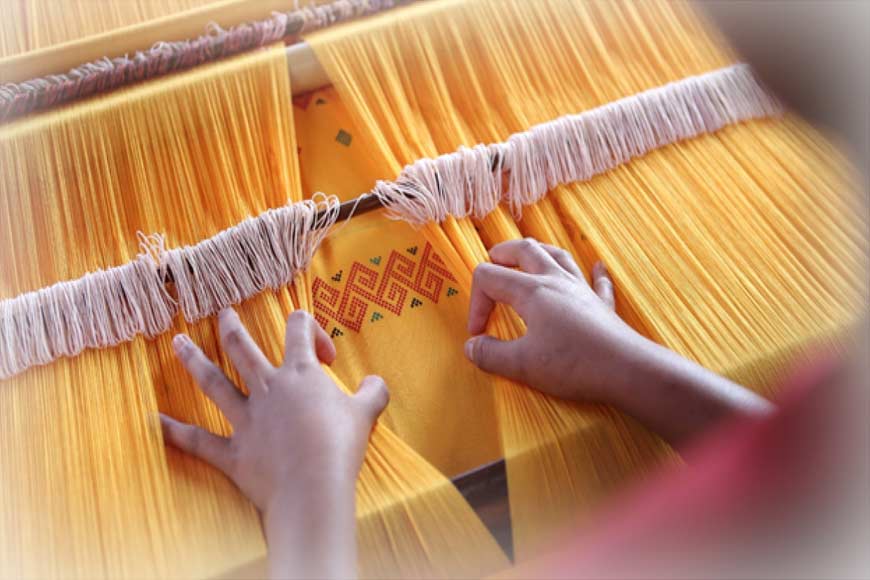
Handloom weaving is an ancient practice that has existed for thousands of years. Artefacts like spindles discovered at the Indus Valley Civilisation in India are suggestive of the practice. Every dynasty contributed to the distinctive styles and techniques that helped the craft develop. The art of weaving flourished during the Mughal era (1526–1857 CE) and gave birth to new techniques and more refined products. Delicate muslin, rich brocades, and elaborate designs were introduced during the Mughal reign.
The Cultural Significance
In some ways, it all starts in Bengal. Globally known for producing exquisite silk and muslin, Bengal has been synonymous with the highest quality textile for many years. The history of saree weaving in Bengal's Shantipur-Nadia area dates back to the fifteenth century. The handlooms used to weave garments in Bengal are referred to as 'tants'. In the decades preceding Indian independence, Shantipur maintained its heritage with the introduction of new and improved weaving techniques, such as the jacquard loom, which remains in use today, and advances in handloom technology.
Numerous Bangladeshi weavers immigrated to India following the division of Bengal in 1947, where they received rehabilitation in West Bengal. These Tangail weavers, who carried the weaving customs of their ancestral homeland with them, settled in Fulia, a town close to Shantipur. In West Bengal, communities of weavers were established in the districts of Hooghly and Burdwan. These areas each evolved a distinctive weaving technique over time, and as a result, they are now the origins of the most well-known types of tant sarees and other fabrics.
The art of weaving handloom sarees, or "Tantshilpa," is a major industrial and commercial activity that provides livelihoods for the residents of these communities, second only to agriculture.
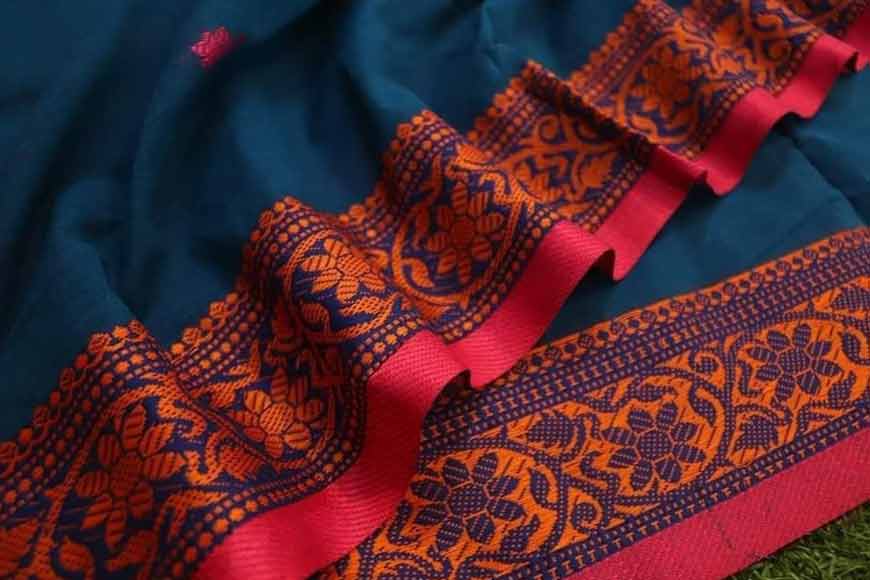
Tangail saree
The Tangail saree is a traditional handwoven cotton saree that was exclusively produced in the Tangail district. Initially, the weavers only made plain cotton cloth, but after the Swadeshi movement, the handloom industry of West Bengal flourished, and the weavers started to create sarees with elaborate designs and motifs. The most common motifs used on Tangail sarees are shells, animals, flowers, stars, and moons. After partition, basak weavers settled in places like Phulia and continued the age-old tradition of producing tangail sarees despite the many obstacles they had to face. Most of the weavers, with the help of looms brought with them from East Pakistan, continued to make sarees in refugee camps.
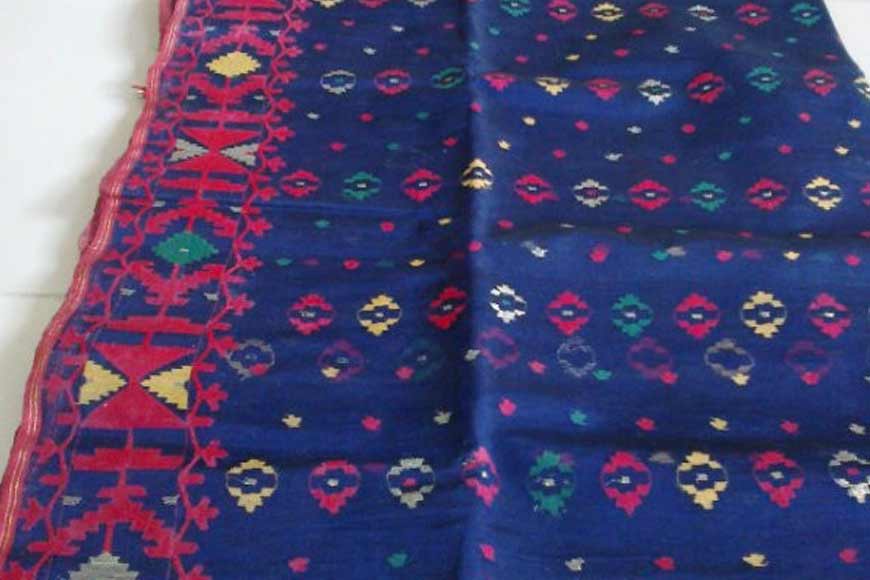
Jamdani work
The Jamdani saree is the only surviving variety of traditional muslins. The most exquisite Jamdani cotton was produced in Dhaka. Daccai Muslin Jamdani is a sheer cotton fabric that combines a blend of muslin and sometimes matka threads and vivid hand-woven or hand-embroidered jamdani motifs. The Jamdani weaving tradition is of Bengali origin. It is one of the most time- and labour-intensive forms of handloom weaving and is considered one of the finest varieties of muslin. Jamdani patterns are mostly geometric, plant, and floral designs and are said to have originated thousands of years ago and were perfected during the Mughal reign.
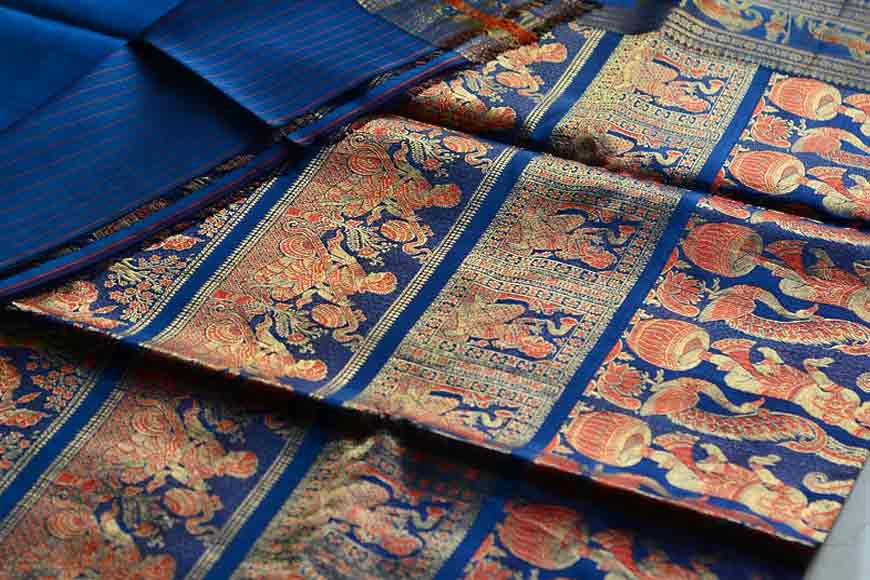
Baluchari
Murshidabad was once the capital of the three states of Bengal, Bihar, and Orissa between the sixteenth and seventeenth centuries. But even before that, it was a renowned centre of weaving under the Malla kings.
The craft of weaving mythical figures on the border of sarees suffered a significant decline under British rule, who, in an effort to encourage cheap factory-made textiles from England, tried to run the poor weavers out of business. It was not until the middle of the twentieth century that the weaving of Baluchari sarees was revived, with the introduction of jacquard looms. These looms make the production of a saree less laborious. The Baluchari sari is known for the silk motifs and stories from Hindu mythologies woven on its borders. Visual representations from the Ramayana and Mahabharata are the most popular.
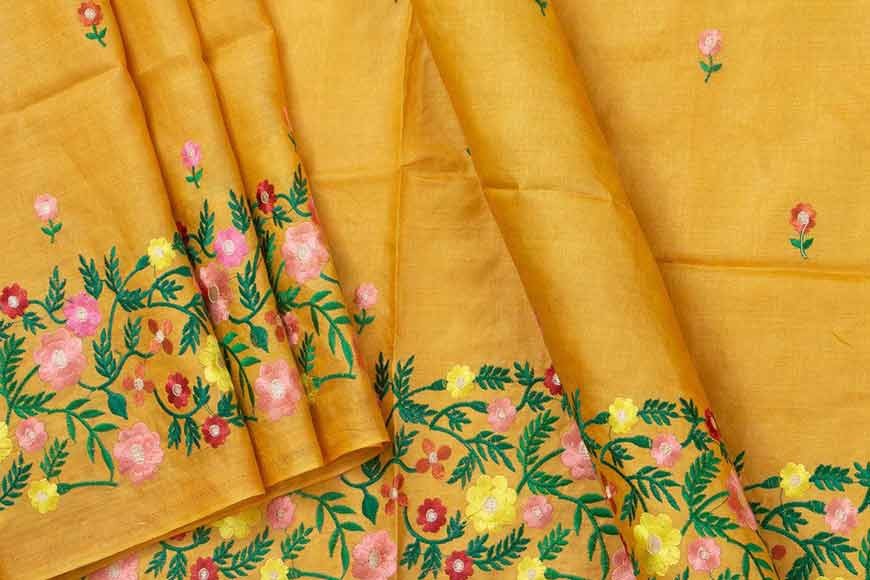
Tussar
The word tussar means wild. As such, any product made using tussar silk is considered a forest product since the silkworm cocoons gathered to produce tussar silk come from there. Tussar or Kosa silk is more textured as compared to mulberry silk and has a beautifully subtle golden sheen. Majorly produced in the Malda district of West Bengal, it is also used for handicrafts and pattachitra.
It is quite textured, comes in a range of natural colours like beige, cream, honey, and tawny, and has a subtle golden sheen. It is often dyed to take on more vibrant colours and can be easily blended with cotton, wool, linen, or other silks. Clothes made of tussar silk have unique thermal properties, as they keep you warm in the winter and cool during the summer.
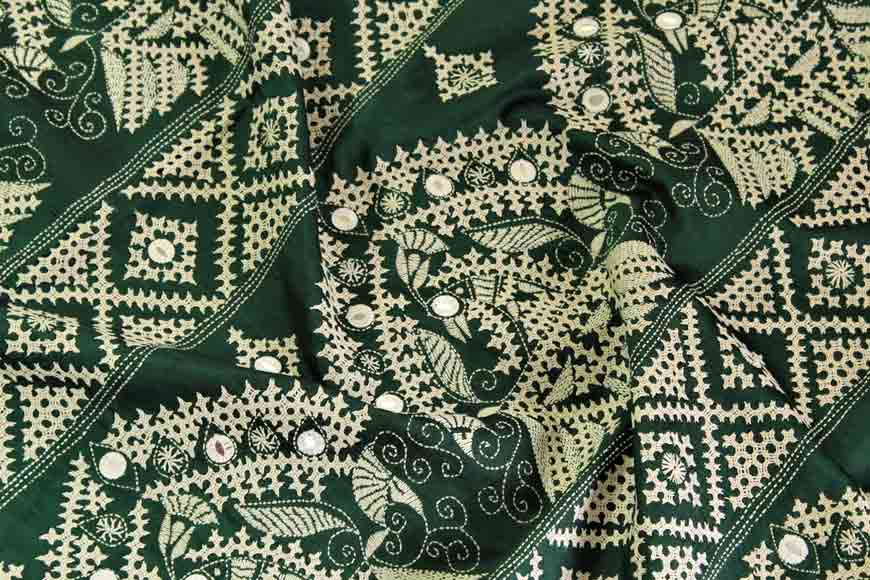
Kantha
One of the earliest types of needlework to come from India, it dates back to before the Vedic period (around 1500 BCE). The term "Kantha" describes both the completed cloth and the running stitch style. Women from all social strata in the countryside participated in this craft; from the farmer's wife to a zamindar’s wife, they embroidered quilts in their free time.
It was never commissioned by kings or the elite, but passed down in learning and dowry from mother to daughter. The beauty of Kantha is that oftentimes the women just embroider without pencil drawing or tracing the designs. The designs can be vivid or subtle, in keeping with ancient motifs of flowers, leaves, and birds.
On 07, 1905, several freedom fighters were a part of the Swadeshi movement, which advocated the boycotting of cheap clothes made by the English in factories. In celebration of this, in 2015, the same day was declared National Handloom Day to encourage local handloom products.
The younger generation has been unwilling to take up the laborious art of weaving. Partly because of the time-consuming process but also because of the meagre incomes of the weavers and the outright exploitation that takes place. The story of middlemen eating away at profits often prompts weavers to change careers, but in most cases, a majority cling on to these skills.
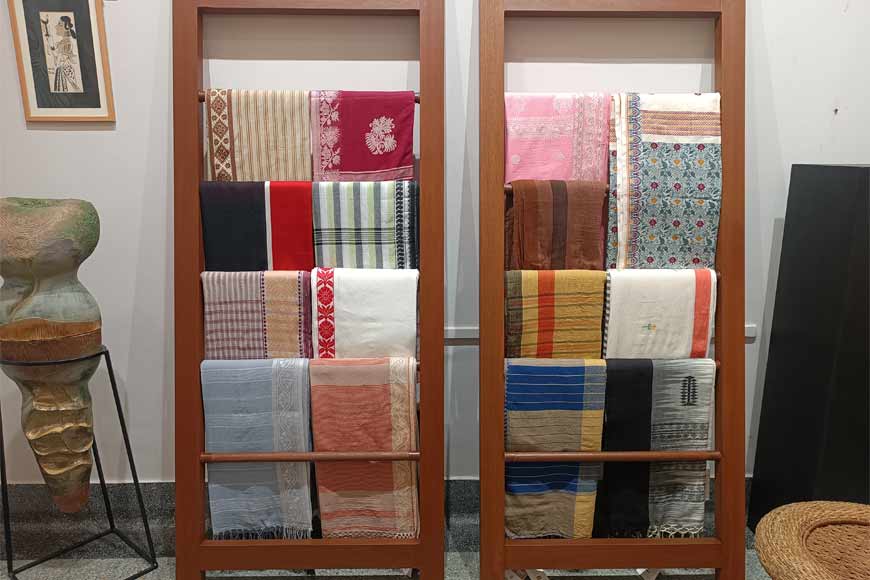
Recently, though, several young designers and female entrepreneurs have embraced old traditions and techniques. With a lot of e-commerce portals popping up that embrace old techniques and introduce modern designs, Bengal sarees have gained a new life. People have started to understand the value of handwoven and purely authentic clothes. Instead of wearing mass-produced synthetic clothes, consumers look for individualistic garments that will provide them with comfort and a unique style. One such store that has caught Bengal’s attention is The Bengal Store. With a catalogue of gorgeously designed sarees, they are bringing back the old traditions with a modern twist.
